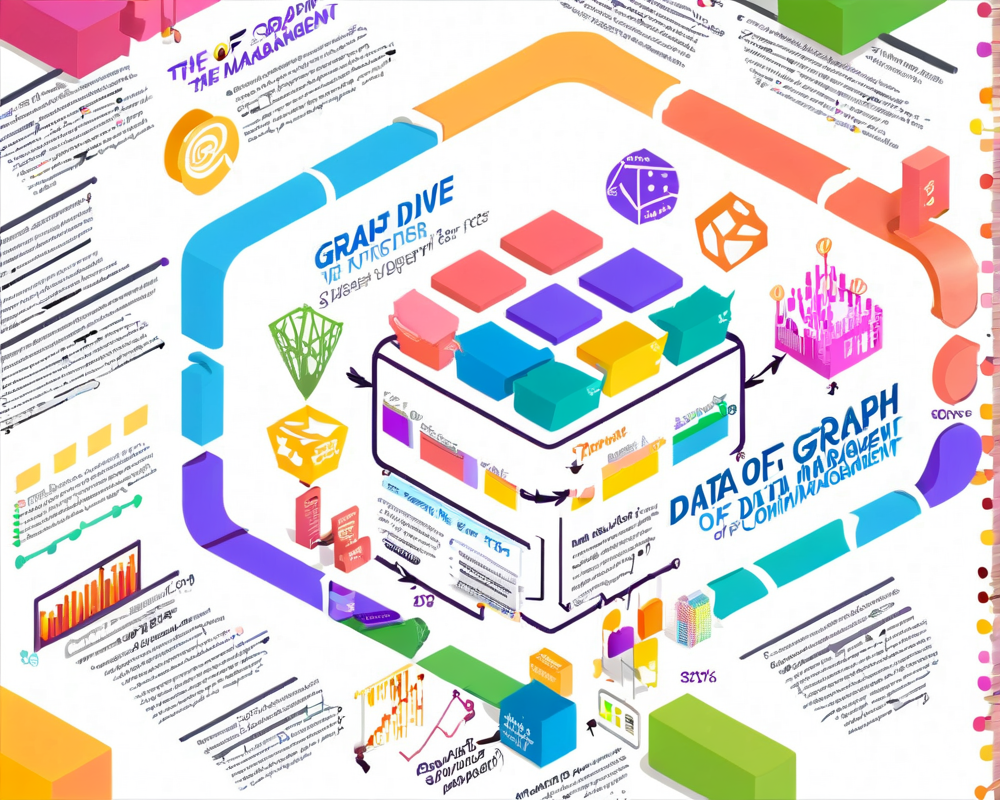The Era of Big Data
We live in a time when data is the new oil—or maybe the new gold if you’re looking for something shinier. The availability and usage of big data have shook up the traditional value chains, much like that time you thought you could impress someone by showing off your dance moves at a wedding buffet (spoiler alert: it didn’t end well). Tech giants like Google and Facebook are dancing with dollar signs, proving the potential of data-driven platforms.
Enter The Graph (GRT)
While some are busy flinging data around like confetti, others are designing more orderly ways to handle it. Enter The Graph (GRT), the indexing protocol that takes the messy world of Ethereum and IPFS and organizes it into manageable, query-friendly pieces. Think of it as a librarian for the blockchain world, except instead of shushing loud readers, it’s turning data into open APIs known as subgraphs.
What Are Subgraphs?
Subgraphs are like personal assistants for your data, gathering and presenting crucial information from various decentralized applications and blockchain protocols. The more subgraphs available, the more accessible data becomes. It’s truly a game changer for developers and decentralization enthusiasts alike!
Expanding Horizons with New Subgraphs
The recent surge in GRT’s popularity can be largely attributed to its expanding library of subgraphs. These handy tools allow users and developers to pull data easily, creating a richer experience across various platforms. The Graph is working tirelessly on a global framework that will encompass all public data—a revolutionary goal!
Key Integrations
- NiftyLeague: A game studio leveraging subgraphs for its NFT-infused fighting game, showcasing the cool stuff subgraphs can do!
- Juicebox Protocol: Powering the fundraising efforts for ConstitutionDAO and AssangeDAO through innovative analytics. This isn’t your grandpa’s fundraising model!
Community Engagement That Packs a Punch
The Graph isn’t just sitting there like a wallflower at an awkward party; it’s actively promoting community involvement through events like ETHDenver. Imagine chess tournaments sponsored by a blockchain protocol—definitely a conversation starter! It’s also providing grants to developers keen on deploying subgraphs for various protocols, like a generous uncle handing out cash at family reunions.
Surfing the Wave of Web3
Web3 is rapidly turning into the buzzword of the year, and for good reason. This new iteration of the internet promises to hand over the reins of data control from big tech companies back to the users. The Graph is riding the Web3 wave, ensuring it’s the go-to tool for creating a decentralized network that doesn’t require a fortune in server costs for individuals to access data efficiently.
The VORTECS™ Score Bumps Up the Buzz
Data from Cointelegraph Markets Pro spotted an early bullish trend for GRT on February 14, when the VORTECS™ Score reached a high of 72, just before the price jumped 26% in only 24 hours. This algorithmic tool is the cherry on top of a data sundae, showcasing the potential for savvy investors who can read the markets like a book (and hopefully not a horror story).
Conclusion: GRT’s Bright Future
In a world where data holds incredible power and influence, The Graph stands as a promising player reshaping how we retrieve and manage that data. With ongoing community efforts, new integrations, and the overarching trend of Web3, GRTs trajectory seems poised for even greater heights. So buckle up, because it looks like we’re just getting started!




